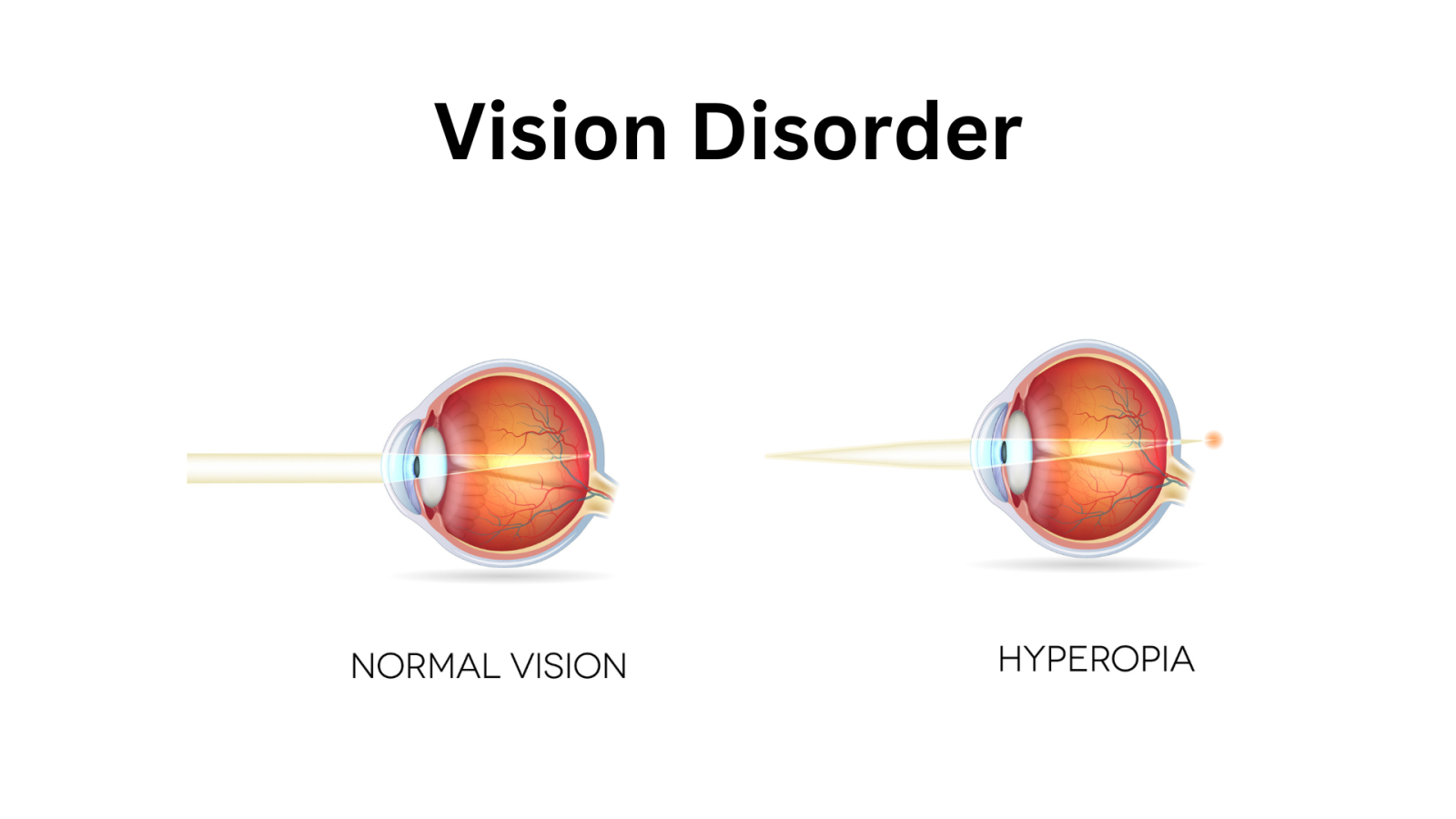What is Farsightedness (Hyperopia) and What Causes This Vision Problem?
Farsightedness, also known as hyperopia, is a refractive error where light entering the eye isn’t bent enough to reach the retina. This out-of-focus light produces blurred near vision.
While often manageable when young, symptoms emerge around ages 40-50 as the crystalline lens loses flexibility. At least 25% of people over 40 experience difficulty seeing up close requiring correction.

What Causes Farsightedness?
Hyperopia frequently develops when:
- The eyeball is too short
- The cornea is too flat
- The eye’s lens ages decreasing malleability
These scenarios prevent proper refraction of light onto the retina, forcing patients to strain focus muscles leading to eyestrain, headaches when reading, and blur.
Diagnosing and Treating Farsightedness
Diagnostic testing like refraction assessments and retinal imaging allow for evaluation of hyperopia severity to guide treatment. Options range from reading glasses to refractive procedures like LASIK laser eye surgery, effectively reshaping the corneal curvature to correct farsightedness.
If you find yourself squinting, struggling with eyestrain, or having difficulty seeing near after 40, consult with your eyecare professional to determine if farsightedness development is the cause, and what solutions including potential LASIK candidacy may clarify vision.

